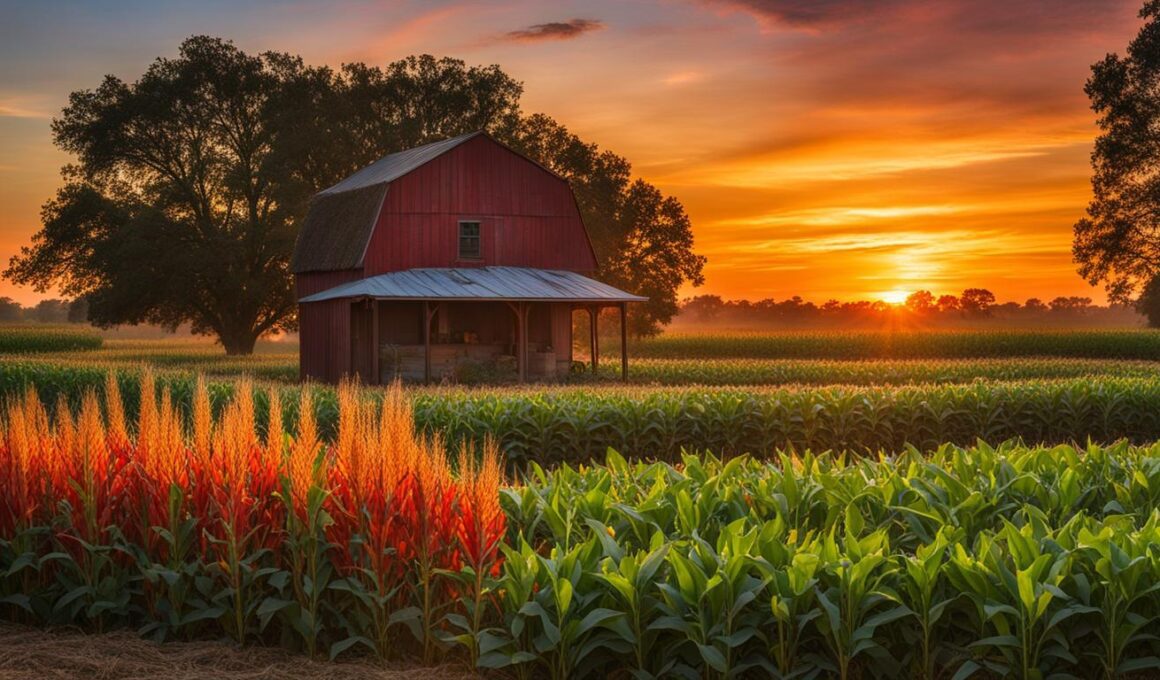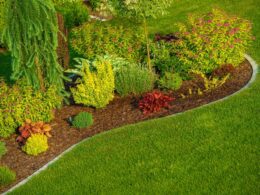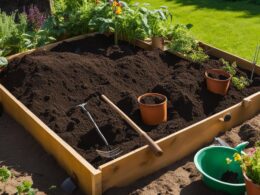Welcome to the world of fall gardening in Texas! If you’re eager to enjoy a bountiful harvest of fresh vegetables even during the winter months, it’s crucial to know the right timing for fall planting. With our expert planting tips, you can create a thriving fall garden that will provide you with an abundance of homegrown goodness.
Gardening in Texas comes with its own set of challenges, and fall gardening is no exception. However, with proper planning and preparation, you can overcome these hurdles and create a successful garden that will yield delicious rewards. Whether you’re a seasoned gardener or just starting out, these planting tips will help you make the most of the fall growing season.
To begin, choosing the right timing for fall planting is essential. Fall gardening in Texas typically starts in September and extends through early November. This timeframe allows ample time for your plants to establish before the colder temperatures arrive. By starting your fall garden at the recommended time, you’ll ensure that your plants have the best chance of thriving throughout the season.
Along with timing, selecting the appropriate vegetables for your fall garden is crucial. Some popular options that are well-suited for the cool weather in Texas include broccoli, Brussels sprouts, cabbage, carrots, chard, and spinach. These frost-tolerant vegetables can withstand the dropping temperatures and still produce a bountiful harvest.
Now that you have an idea of the timing and vegetable selection, let’s delve into the preparation process. Creating the ideal conditions for your fall garden starts with choosing the right location. Vegetables thrive in full sun exposure, so select a spot that receives at least six to eight hours of direct sunlight each day.
When it comes to soil preparation, focus on achieving optimal drainage. Well-draining soil is crucial to prevent waterlogging and root rot. Before planting in an established garden area, remove all plant material and weeds. For a new garden site, take the additional step of removing grass and tilling the soil to a depth of 10 to 12 inches. This process helps to break up compacted soil and allows for better root penetration.
Adding organic matter and sand to the soil can significantly improve its quality. Compost or well-rotted manure enriches the soil with essential nutrients, while sand aids in drainage. With well-prepared soil, your plants will have a healthy foundation for growth.
To maximize the productivity of your fall garden, it’s important to provide the right nutrients. Fertilizing the soil with options like ammonium sulfate or slow-release fertilizer is recommended. However, be cautious not to apply too much fertilizer or place it too close to the plants, as it can damage them. Follow the instructions carefully to ensure optimal nutrient levels without risk of harm.
Prior to planting your seedlings or transplants, make sure to thoroughly water the planting beds and the entire garden area. This will ensure that the soil is moist and ready to support the growth of your new plants. Fall crops generally perform better when started from transplants rather than seeds, so consider purchasing healthy and sturdy seedlings from a reputable nursery.
With these planting tips in mind, you’re well on your way to having a successful fall garden in Texas. By following proper timing, selecting the right vegetables, and preparing the soil, you’ll be rewarded with a thriving garden that will provide you with a sustainable source of fresh produce. So roll up your sleeves, dig in, and get ready to embrace the joy of fall gardening in Texas!
Can I Use Potting Mix to Plant a Fall Garden in Texas?
Yes, you can use potting mix for vegetables to plant a fall garden in Texas. Potting mix is a great option for container gardening and can be used to grow a variety of vegetables such as lettuce, spinach, and kale. Look for a mix that is rich in organic matter and has good drainage for best results.
Tips for Fall Gardening in Texas
To ensure a successful fall garden in Texas, follow these valuable tips:
- Choose the right vegetables: Select crops that are well-suited for cool weather conditions in Texas. Consider planting broccoli, greens, squash, peas, beans, beets, green onions, and turnips, as they thrive in fall.
- Prepare the soil: Prior to planting, prepare your soil by breaking it up and removing any debris. Mix in compost or soilless potting mix to enhance nutrient content and improve drainage.
- Mulch to retain moisture: Apply a generous layer of mulch over your garden beds. Mulching helps retain moisture in the soil, reduces weed growth, and regulates soil temperature, providing optimal conditions for plant growth.
- Regular watering: Maintaining proper moisture levels is crucial for plant health. Water your fall garden regularly, especially during dry periods. However, be careful not to overwater, as it can lead to root rot or other water-related issues.
- Timely planting: It’s essential to plant your seedlings before November in Texas. This allows them enough time to establish strong root systems, grow vigorously, and bear fruit before the arrival of colder temperatures.
- Protect from frost: Texas can experience unexpected frost during fall. Be prepared to cover your plants with breathable coverings, such as old sheets or cotton tablecloths, if there is a risk of frost. Remove the covers when temperatures rise above freezing.
By following these fall gardening tips, you’ll increase the chances of a bountiful harvest and enjoy the benefits of a thriving garden throughout the cooler months in Texas.
Conclusion
Fall gardening in Texas offers numerous benefits, making it a rewarding endeavor for both gardening enthusiasts and sustainable living advocates. By embracing fall gardening, you can harvest fresh, homegrown vegetables even during the winter months, enhancing the overall quality and variety of your diet.
With its favorable climate and diverse agricultural resources, Texas provides an ideal backdrop for successful fall gardening. By carefully following the recommended timing and employing effective techniques, you can create a thriving garden that sustains you throughout the year.
Key factors for achieving a flourishing fall garden in Texas include selecting the right vegetables suited for cool weather, preparing the soil with compost and well-draining materials, and providing proper care to your plants. By incorporating these practices, you ensure healthy growth and bountiful yields.
Engaging in fall gardening not only nurtures your passion for gardening but also promotes sustainable living. By growing your own food, you reduce your reliance on long-distance transportation and contribute to a healthier environment. Additionally, the sense of accomplishment and satisfaction gained from enjoying the fruits of your labor is immeasurable.










